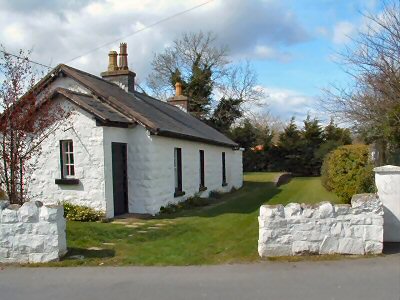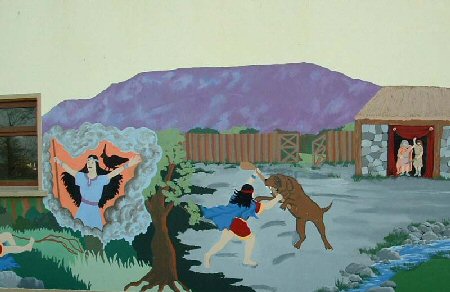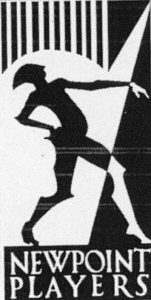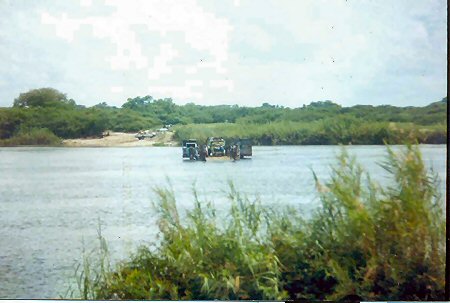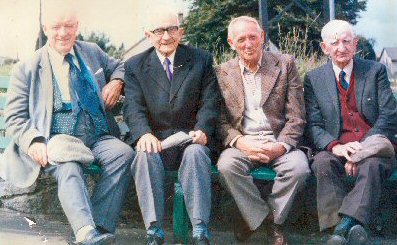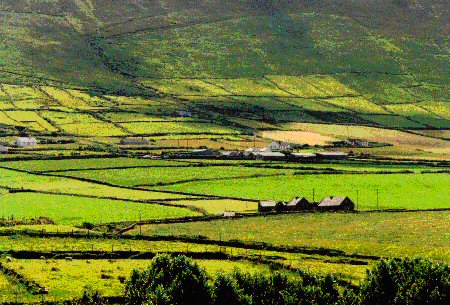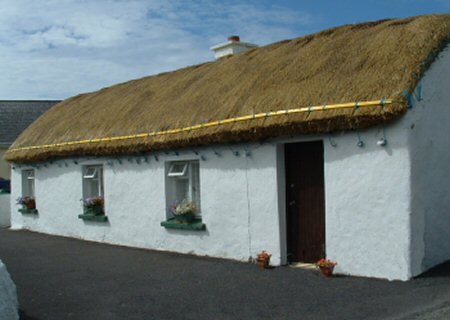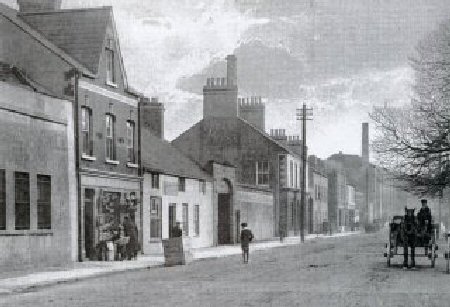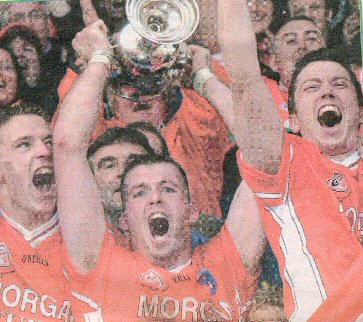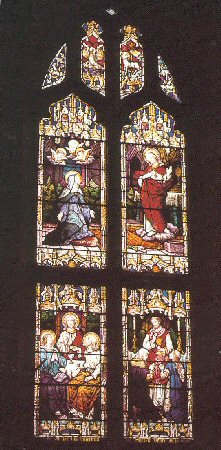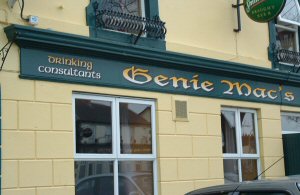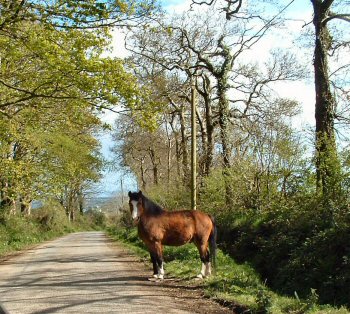Dromantine History
Dromantine will be extensively featured on Newry Journal for a short while. Every…
Ballymoyer House: National Trust
The Ballymoyer House Demesne Was Extensive and Ornate
… Abbey Newry History …
Gullion Legends
Mayflower Dancing
Of course Margaret the Flower was merely exhibiting on our behalf a very…
Right Sort of Doctor
On Slieve Gullion’s sunny slopes, Deirdre is said to have grown from infancy…
Pearls & Gold
Characters Galore – Marty Bogroll et al.
Real characters about town are few and far between of late and indeed…
Fiddler’s Green Festival
So inured have we grown to the hyperbolic cant of advertisers that we…
Maybe the Laziness’ll lave ye!
‘Finn was out walking on the top of Slieve Gullion one time when…
Book of Armagh
Only a few early manuscripts from ancient Ireland survive and they are among our…
Railway Bar
Fox to hoard the Ducks
Hector: Fabian
‘Once’, Fabian went on, ‘my father ordered me on to Hill Street with the handcart laden with herring, to catch the shoppers who mightn’t make it as far as the market.’
‘Pat Phillips, my cousin, who was also selling herrings, protested to the town inspector Mickey Short. He banished me from the scene. Pat’s brother, Larry is still selling there!

